Climate change and environmental degradation are an existential threat globally. In this historical moment, it is therefore important to build sustainable food systems.
Cadmium is a ubiquitous and highly toxic contaminant that can cause serious adverse effects on human health. Both the EFSA (European Food Safety Authority) and ANSES (French Agency for Food, Environmental and Occupational Health & Safety) have shown that it is not possible to ignore the risk related to food contamination by cadmium in Europe and France.
A research on French agricultural soils1 analyzed the contribution of cadmium decrease in mineral phosphate fertilizers to human health protection. The authors pointed out that “fertilizer material is a major source of cadmium contamination in the food chain that regulators can play to reduce cadmium exposure in the population”. The purpose of the study was to provide a tool that could help risk managers in the regulatory decision-making process.
)
The study elaborates a mass balance approach integrating various environmental cadmium sources to estimate the effects of decreased cadmium concentrations in crop fertilizers on dietary exposure and health risk.
The approach leads to a predictive model that could be used as a decision-making tool. “Representative and protective fertilization scenarios associated with controlled cadmium levels in mineral phosphate fertilizers were simulated and converted into cadmium fluxes. Cadmium inputs from industrial mineral phosphate fertilizers were then compared with cadmium brought by the application of manure, sewage sludge and farm anaerobic digest, at the levels typical of French agricultural practices” – the authors say.
The ANSES study shows that cadmium inputs to the soil should be lower than 2 g Cd/ha/year from all agricultural sources, including phosphate fertilizers, to reduce both the accumulation in soils and the transfer of cadmium in the food chain. It corresponds to a cadmium content of 20 mg.kg P2O5−1 or less in mineral phosphate fertilizers.
Making known how cadmium transfers from the soil to the food consumed helps to understand how crucial it is to propose cadmium limits in fertilizers applied in France.
“Our results indicate that limiting the inputs of persistent and bioavailable Cd in the environment — particularly in agricultural soils used to produce food — is a prerequisite to reducing contamination in the food chain and thus human exposure to Cd and subsequent health risk”, concluded the authors.
1 - Mass balance approach to assess the impact of cadmium decrease in mineral phosphate fertilizers on health risk: The case-study of French agricultural soils”, G. Carne, S. Leconte, V. Sirot et al, Science of the Total Environment, Vol. 760, 2021, 143374. https://www.sciencedirect.com/science/article/abs/pii/S0048969720369059?via%3Dihub

